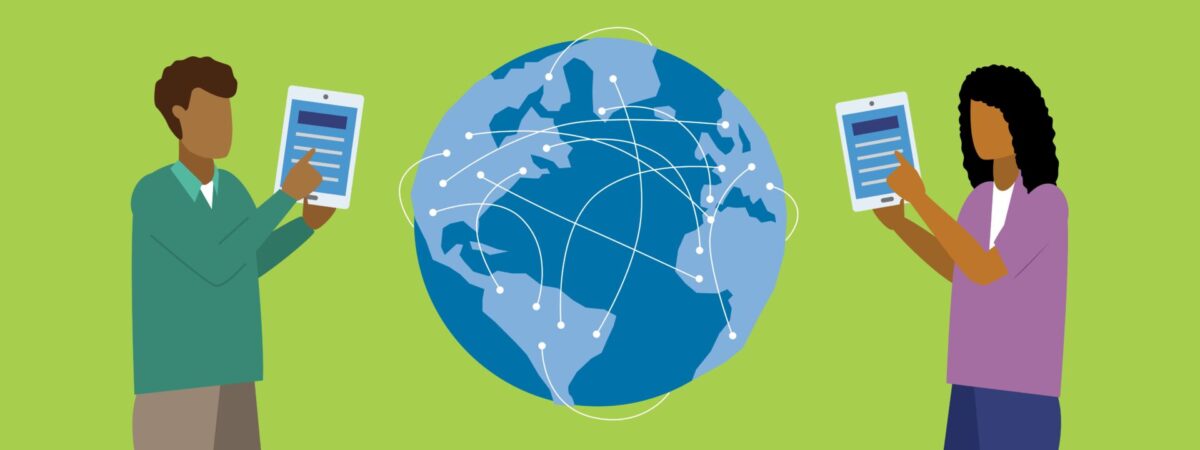
Digital citizenship is the responsible use of technology by anyone who uses digital devices to engage with society on any level. Cultivating digital citizenship is a key indicator of digital competency, one of five domains of Digital Promise’s Digital Equity Framework. To promote a healthy, balanced, and positive approach to media and tech use among young people, Common Sense Media sponsors Digital Citizenship Week every October.
Here are five ways you can support your school community by engaging in digital citizenship lessons during Digital Citizenship Week:
Map out with your teams how you can incorporate digital citizenship into students’ schedules. This will require a collective effort from school leadership and instructional teams to smoothly incorporate the lessons. Making it easy to disseminate and share resources can support educators in unpacking the lessons, engaging students, and making learning fun. Jefferson County Public Schools in Kentucky has successfully integrated digital citizenship into their students’ learning experiences, highlighting ideas, resources, and more via a district-wide website. Similarly, the Los Angeles Unified School District does an excellent job of clearly mapping out lessons and engaging tools.
Utilize resources from sites such as Common Sense Media, PBS Learning Media, Nearpod, iKeepSafe, and Be Internet Awesome. With your team, align on which lessons to leverage, how to deliver them, and how to inform teachers and student leaders in advance.
Identify ways to engage families with resources that support students’ digital well-being in their everyday lives outside of school. This partnership could also lead to the release of a new support tool to aid students and the community with digital wellness. Consider how your community mental health partners can support your school with resources and ideas.
Encourage creative contests, such as grade-level or hallway competitions, or have students create digital citizenship pledges by grade or classroom. Announce the winner at the end of the week and showcase their pledge on the students’ device home screen or desktop. Students could even design the home screen/desktop, incorporating elements of the pledge to make a visual for their peers to see.
Students learn through play, and meaningful learning experiences often come from playful moments where they can engage with peers and be recognized for their input. Showcase student voices and incorporate student leaders. Engage community partners to support these efforts in highlighting the school community.
Digital citizenship lessons can—and should—extend beyond Digital Citizenship Week. Explore more ways to develop a digital citizenship strategy for your school. Tag #dpvils on X when sharing Digital Citizenship Week celebrations and lessons.